In the Spotlight · Galería Vilaseco
Art, in its purest form, is a reflection of the experiences, milieus and passions that shape those who create and appreciate it. Miriam Pérez is the person behind the Galería Vilaseco, a space with more than a decade of history in A Coruña, founded as a result of the passion for art that her mother instilled in her as a child.
Now, after setting up Espacio Vilaseco, an art centre in the Ribeira Sacra, Miriam Pérez plans to encourage the creation of creative and cultural spaces that have an impact on the local community and that, through a vernacular impulse, connect with contemporary and universal artistic trends, always with the rural world as a backdrop.
Is there a tension between creativity and rurality? How does art relate to the natural world? Read the full interview and don’t miss our previous In the Spotlight.
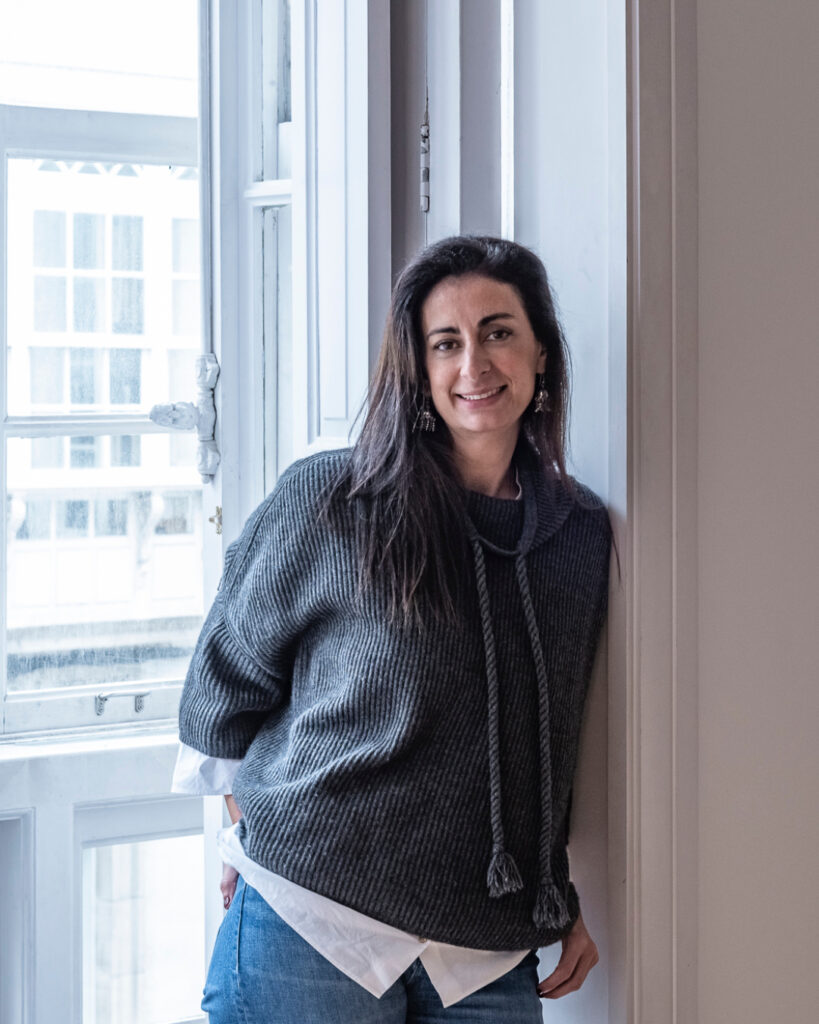
One. Where does your passion for art come from? How did you get started in this world?
It started in my childhood… I grew up with artists and works of art. My mother, Ana Vilaseco, opened the Ana Vilaseco gallery in 2003, but she started her own collection in the 90s. She is also passionate about music, design and crafts. So I have been lucky enough to discover and grow as a person, in a much more beautiful world thanks to this way of educating each other and sharing time. I have many memories of our visits to exhibitions, fairs, workshops… What I liked most was entering the creators’ workspaces and approaching their processes from that special and intimate place, understanding the pieces from that sacred space of creation.
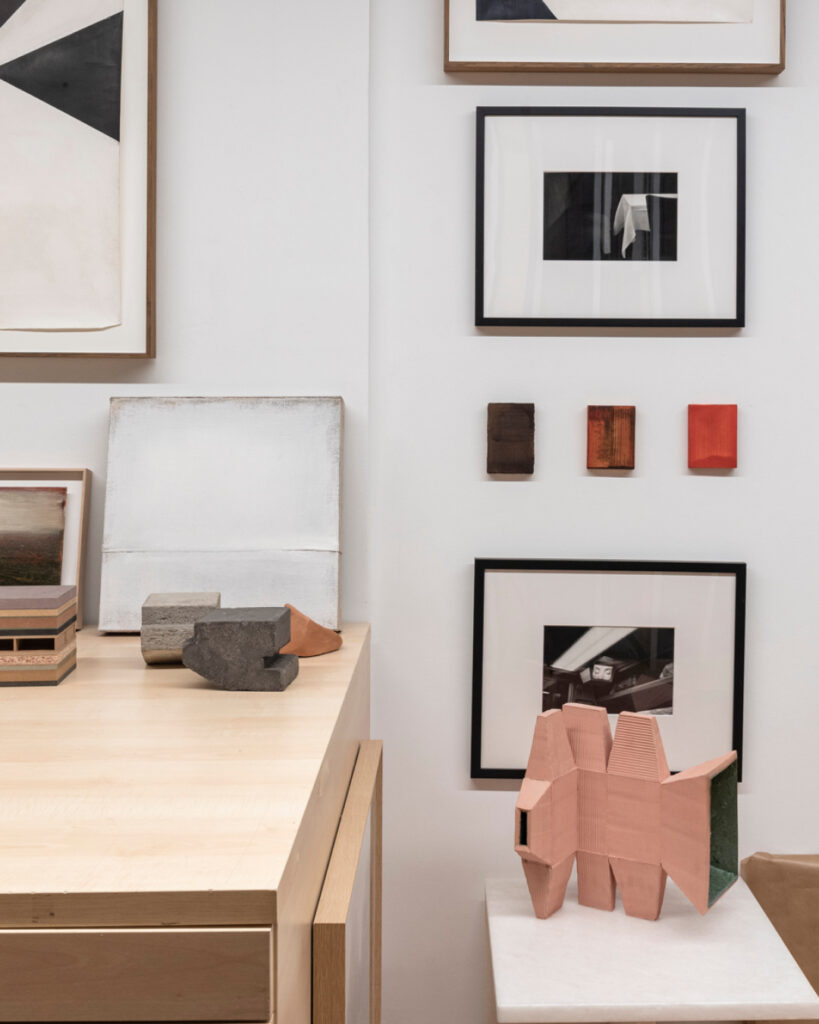
Many of them became like family to us, such as the painter Lugrís Vadillo (whom Ana accompanied in his career for years), the sculptor Camilo Otero (with whom she had a very close relationship), and I also remember very fondly the conversations at Elena Gago’s house, such a free and endearing woman… among many other people who were part of our lives.
Two. In May 2022 you opened Espacio Vilaseco, an artistic and cultural centre located in the Ribeira Sacra area where you organise workshops and artistic residencies. What has the experience been like?
Galería Vilaseco was ‘born’ in 2014. After the birth of my son Lucas, and a loss of strength and motivation due to the economic crisis that affected the gallery’s activity. That year I decided to take some time to think about how I wanted to continue. After a few months break to think and after working for more than a decade learning the job as Ana’s assistant and accompanying the different professionals who had been part of the gallery’s programme, and also sharing the management from 2011 to 2013 with Matthias Hauser, a German gallerist based in A Coruña, I considered that I was ready to develop my own project. Rethinking the project and ‘stopping’ for a while is one of the best decisions of my professional and personal trajectory! I decided to continue with the gallery and reinforce my commitment by extending the range of action with a laboratory and a multidisciplinary team from which to promote programmes that work directly in the territory of the Ribeira Sacra, because it’s a landscape close to me and, above all, to share experiences in an environment with a unique historical and cultural value. We’ve been experimenting with natural materials there for some time, taking a special interest in producing together, listening and enjoying the processes, without the demand for immediate results.
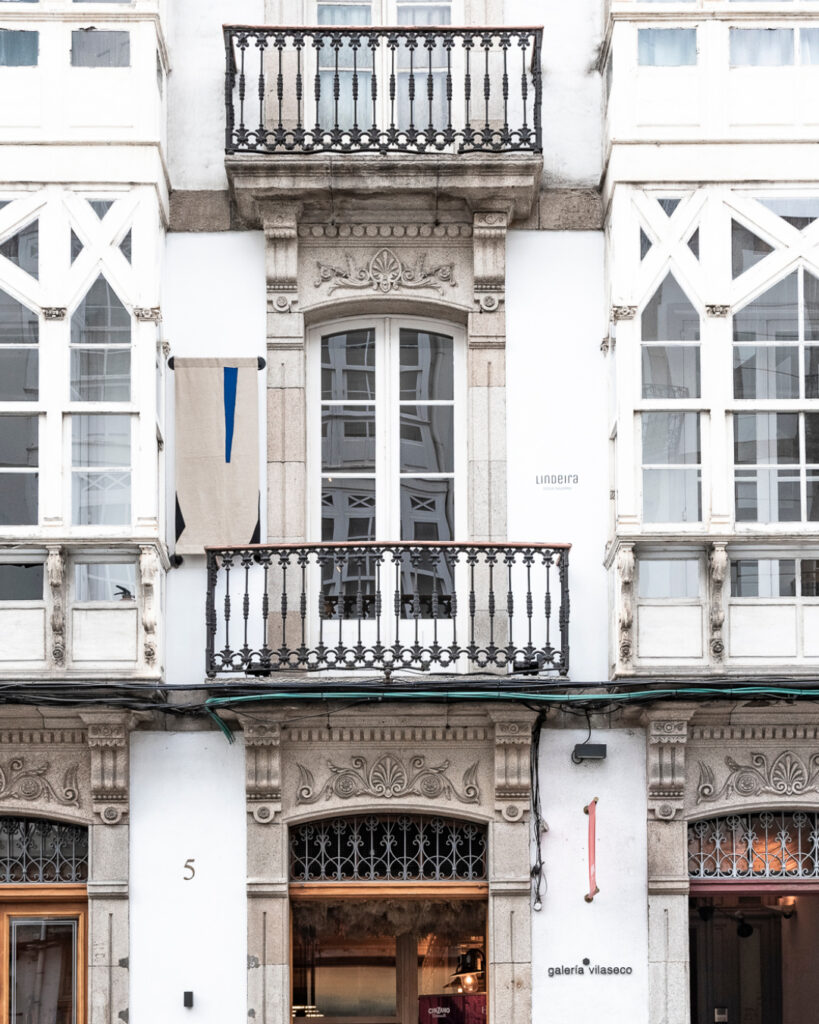
Three. Why the Ribeira Sacra?
I consider myself half from A Coruña, half from Chantada… My mother’s family is from Chantada and all my summers have been spent in the village, in the family home in San Cristovo de Mouricios, a few kilometres away from the town of Chantada. It is my connection with the land and with my roots. Ribeira Sacra is very close to here and, before having our production space, we worked for years in Ribeira Sacra, with a programme curated by Carlos Quintáns and with the support of Corporación Hijos de Rivera, which has cellars in Ribeira Sacra and a cider house in Chantada. Architects, scenographers, designers, landscape designers… and with them and the participants in the meetings we have developed different workshops and residencies in which we have always tried to take into account the history, the traditions, the materials of the environment, and the people and beings that inhabit it. That we inhabit it.
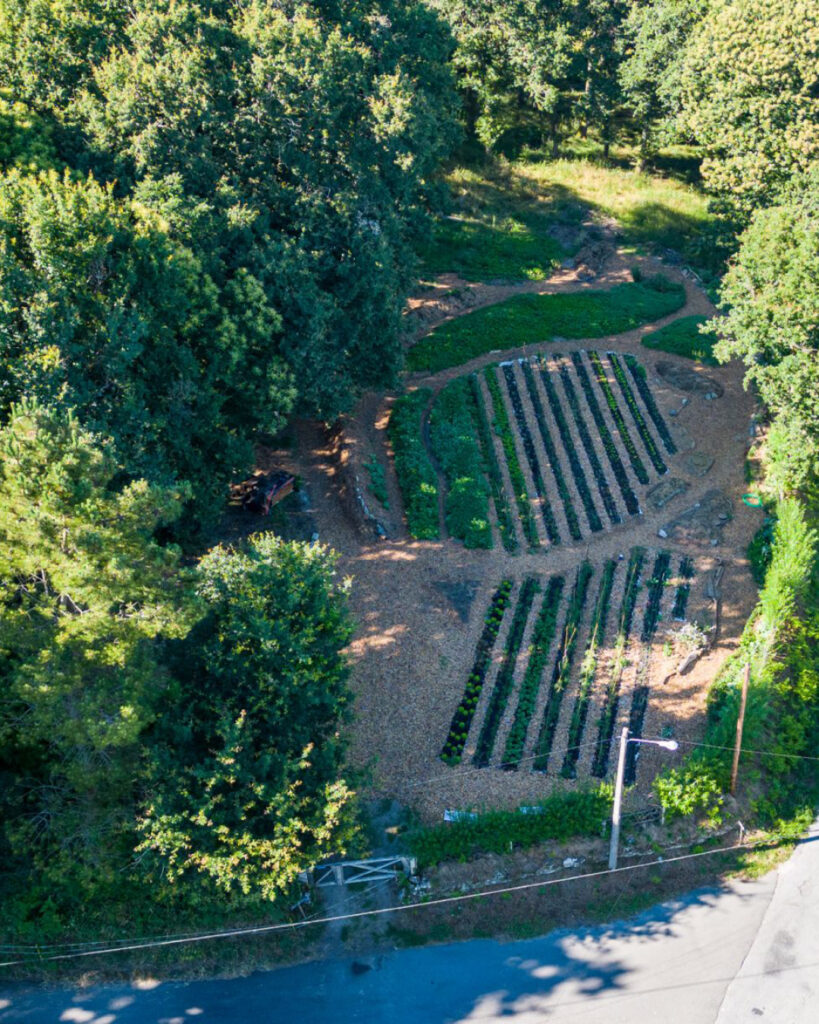
Now that we have our own space, we are working on recovering crops such as flax and wicker. And to be able to use these natural fibres as materials for training, through research, experimentation and creativity. Linen production is carried out in collaboration with neighbours and different professionals who have been working with this fibre for years. We are working with Idoia Cuesta and the Agrofloresta collective, a collective that works the land based on the principles of permaculture. The same goes for the vegetable garden that provides us with food for the meetings, residencies and forums that are taking place thanks to the trust of different people and programmes.
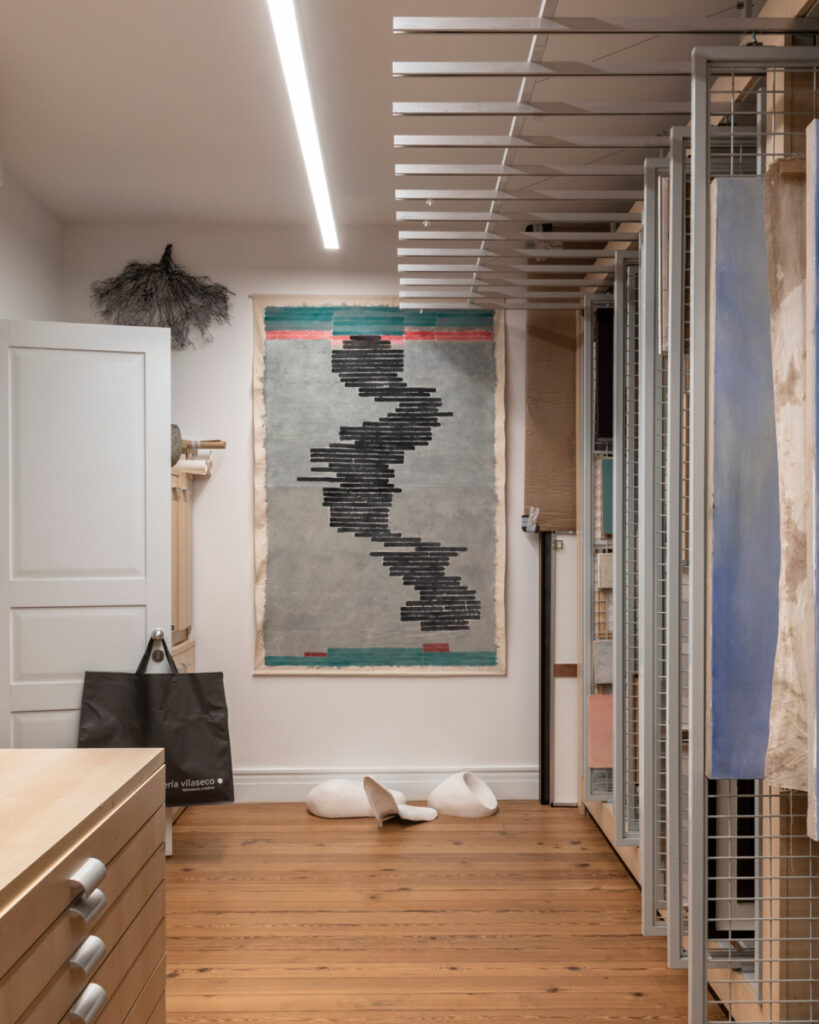
Four. What is the light like there? Could you share with us some memories related to the light of the Ribeira Sacra?
The light of the days that dawn with mist is the most special for me. So mysterious… Those days are usually the clearest afterwards.
Recently, on a visit with Bea Pereira, from Máis que Románico, to the church of Santo Estevo de Ribas de Miño, I was lucky enough to see the light coming through the stained glass windows of the church’s rosette. It was so beautiful to be there at that particular moment.
Five. In an interview you mentioned that contemporary art should also be taken to the rural world. How much interest do you think contemporary art generates in the countryside?
Actually art is already here in the rural world! Spaces like ours facilitate encounters related to art, creation, sustainability and care. From Vilaseco, we are still under construction, cultivating, listening and producing little by little together. Learning from the tempo of the earth.

Six. How can we be sure that the artistic impulse really comes from the rural world and not from urbanites in search of bucolic stimuli?
It’s a complex question… I don’t think we can be sure where it comes from… Doubts generate a necessary mystery to continue the search, and to be able to dedicate ourselves to projects that we consider important.
Seven. What weighs more, both in art and in design: form or function?
I don’t think I have a definite answer to this question, but I would say that in most cases form is more important. I tend to be more attentive to pieces that balance form and function.
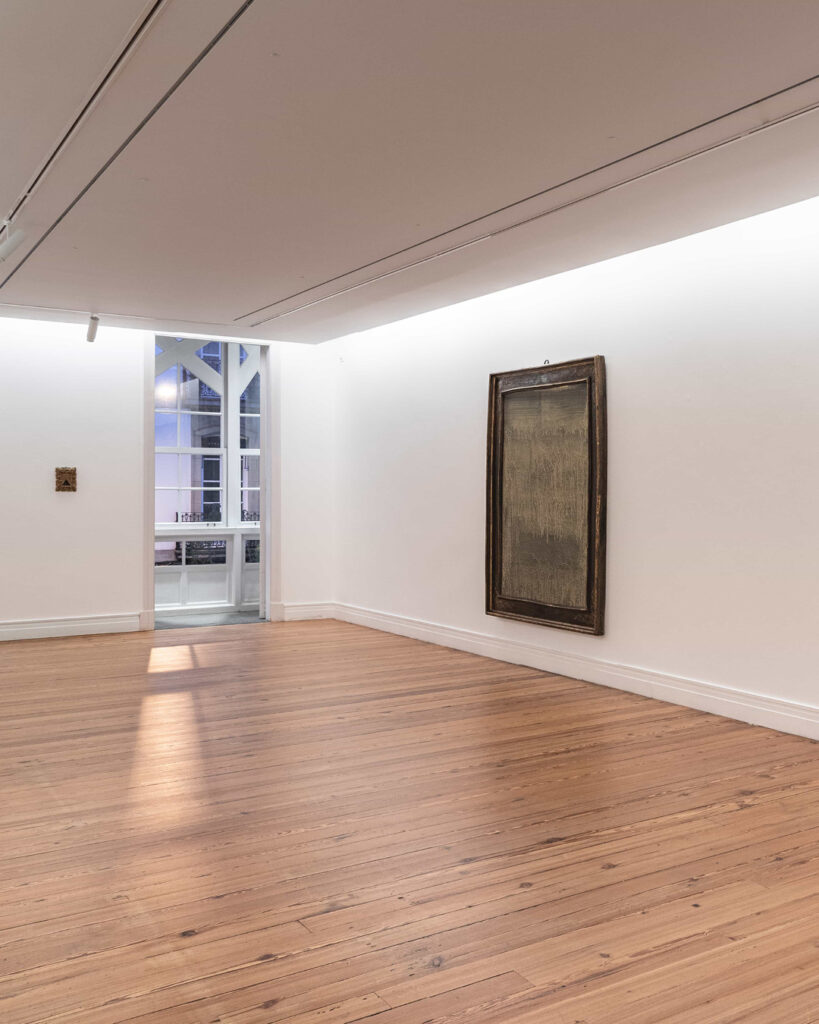
Eight. Last March we shot the photos for our recent Novelties Catalog 2024 at Galería Vilaseco. Which a·emotional light collection would you exhibit at the gallery?
Cabana, by Isaac Piñeiro. I really like that reference to Galician huts and shelters using the 3D knitting method on the textile screen.
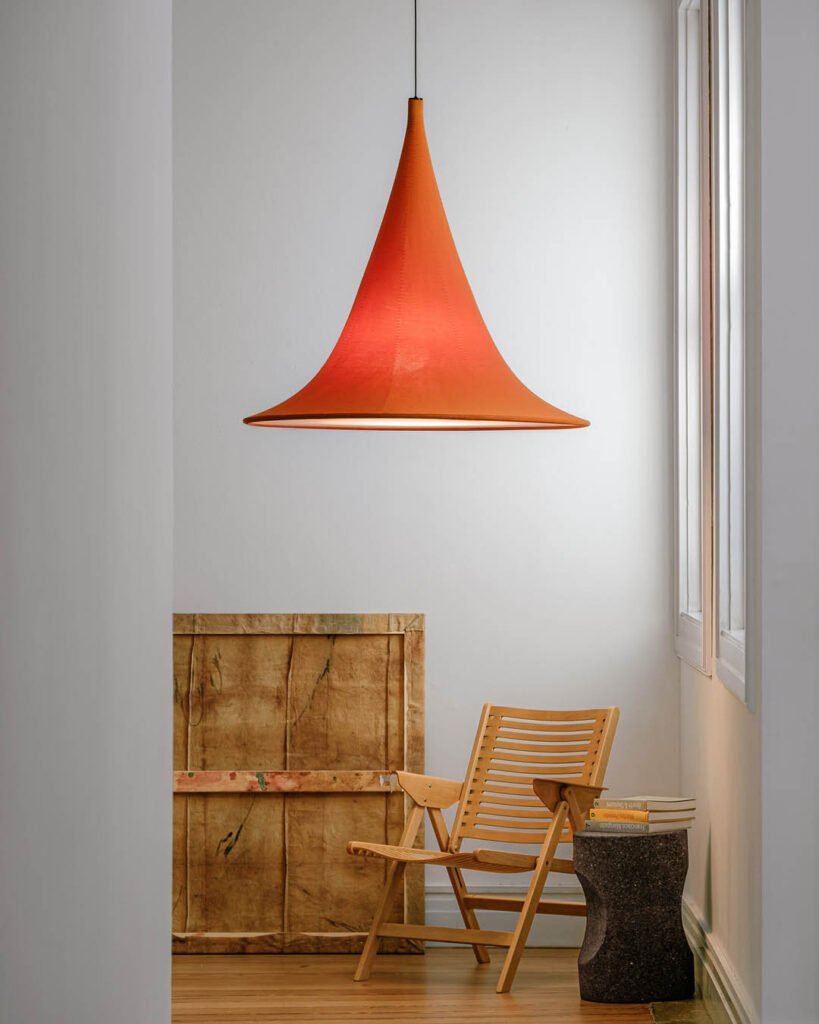
Nine. Three artists, in any artistic discipline, who have caught your attention recently and whom you would recommend.
– The Chilean creator Cecilia Vicuña. Veroír el fracaso iluminado, her solo exhibition at CA2M, has been one of the exhibitions that has moved me the most in recent years.
– Richard Tuttle, who curated the work of Alexander Calder, selected a series of works by Calder and installed the pieces on supports designed by Tuttle himself. A wonderful exhibition that we were able to visit at his gallery in Los Angeles last year. Just for that show alone it would be worth travelling that far. A truly inspiring experience.
– Amparo de la Sota, a Spanish textile artist. A creator who is exhibiting for the first time in our gallery, and who I discovered through the historian María De la Vega, with whom we collaborate in some of our art editorial publications. Amparo’s work still has little presence in the contemporary art gallery circuit, but her work has an honesty and quality that will soon be considered a reference point for textile art in our country.